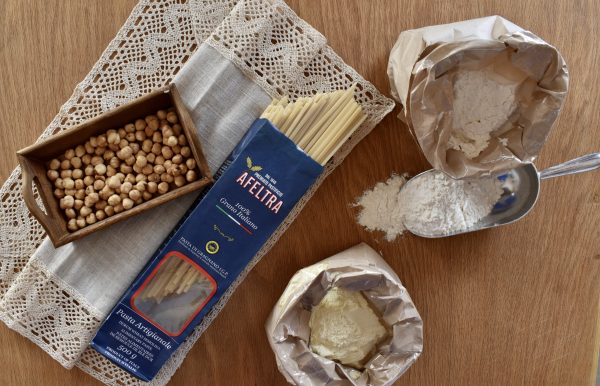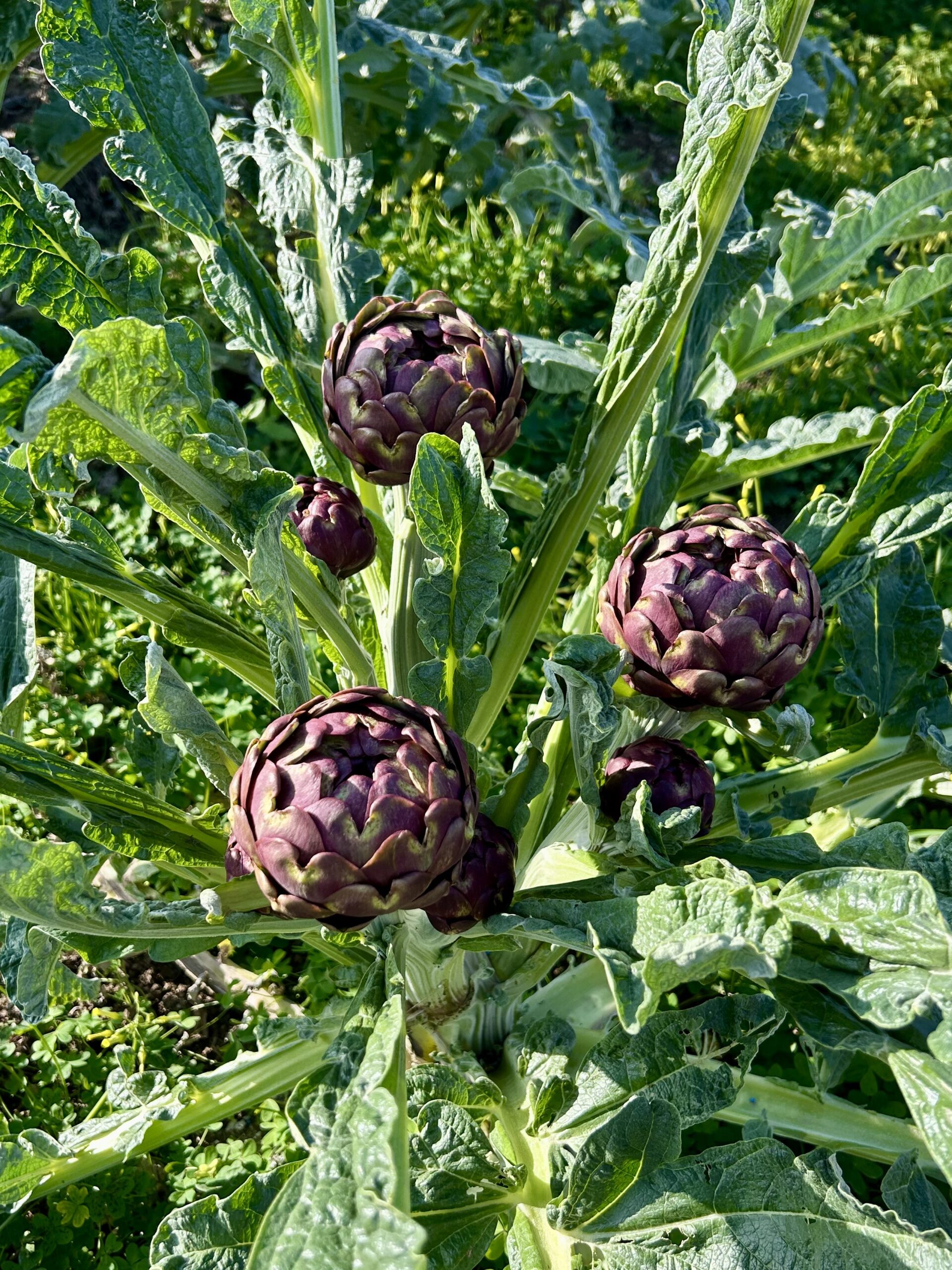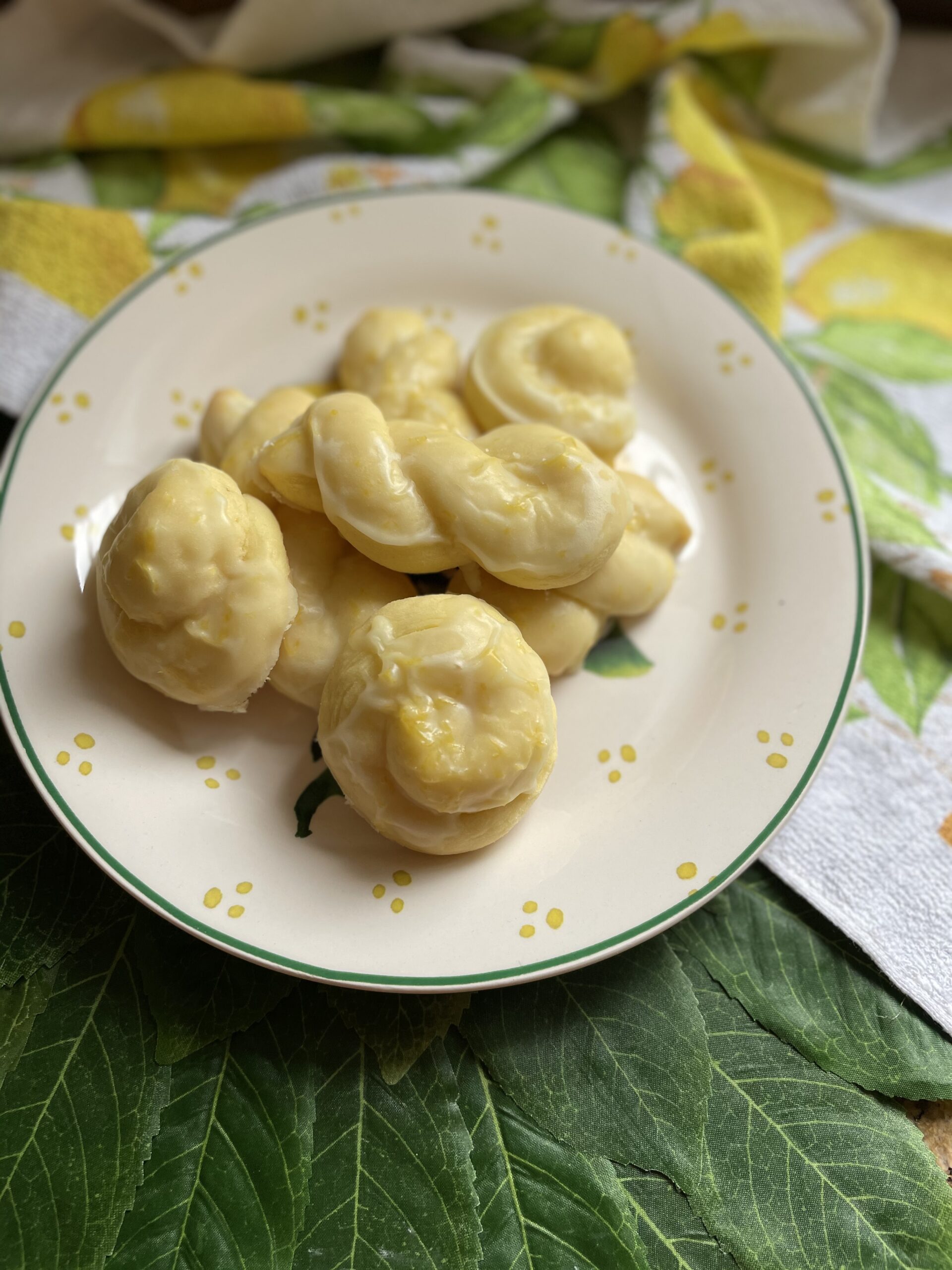“The capacity to learn is a gift; the ability to learn is a skill; the willingness to learn is a choice” – Brian Herbert
I was recently given the gift of learning by the ICCO, Alma La Scuola Internazionale di Cucina and True Italian Taste. In a series of Masterclasses conducted by Chef Carlo-Maria Ricci, I had the opportunity to be educated on one of my favourite subjects, Italian Food. Over the course of three weeks, our Alma Ambassador educated us on The Secrets of Pasta, Bread-Making Italian Style, and Authentic Italian Gelato.
Part of this edible education also included a sampling of products that were referenced in the Masterclasses: Linguine Afeltra IGP, Nocciole del Piemonte IGP (hazelnuts from Piedmont, Italy), Mulino Marino Organic Type 00 Flour and Mulino Marino Organic Durum Wheat Semolina Flour.
Because I’m so passionate about the culinary traditions of the Italian Peninsula, I thought I would share some of the tantalizing teachings from these Masterclasses as well as what I prepared using my authentic Italian ingredients.
Pasta
Pasta is centuries old and something that has been adopted into the cuisine of many different cultures. It is a beloved food in the Bel Paese, one that is consumed on average, 5 times a week.
The presence of pasta can be seen as far back as Ancient Rome, but it wasn’t until the Middle Ages that it really became prominent in Italy, with Sicily being an epicenter. The classic pasta al pomodoro emerged in Naples (home of the core ingredient, tomatoes) in the 19th and continues to be one of Italy’s most preferred recipes. It was also during this century that the consumption of pasta became habitual throughout the country.
In the 20th century as Italians began to emigrate, so did pasta and now it is a product for which Italy is renowned the world over. The following are some of my key learnings on this iconic staple:
- There is a distinction in flours used to make pasta and the type of flour will yield different shaping
- It is estimated that there are approximately 350 pasta shapes with each of them having a traditional use with a specific sauce; for example, Trofie are the pasta of choice to be used with pesto in Liguria
- Pasta distinctions are based on the geography of Italy and are very regional, based on the cuisine and consumption of the region
- There are two types of pasta, fresh and dry. These categories are further subdivided into stuffed (large and small) and non-stuffed pastas
- Stuffed pastas are primarily found in Northern Italy and non-stuffed in Italy’s south
- Large stuffed pastas (i.e. Agnolotti and Cappellacci) are typically vegetable and cheese based while small stuffed pastas (i.e. Tortellini and Cappelletti) have fillings with more intensity such as braised meats
- Fresh pastas are more prominent in Northern Italy while dry pastas are largely produced and consumed in the south. This regional difference is primarily because of climactic conditions; Durum wheat, which is used for dry pastas, is largely produced in Southern Italy
- Dry pasta relies on extrusion (dough pressed through Teflon or Bronze molds)
- Italy has 5 PGI (Protected Geographical Origin) Pastas, the only certified dry past is the Pasta di Gragnano
- While there are certified pastas, there are no certified sauces. Certain ingredients however can carry designations such as Genovese Basil that goes into making the famed Ligurian pesto
- Regardless of recipe or shape, for most Italians pasta must be traditionally served and must be cooked al dente (to the tooth)
In this class typical pasta pairings were discussed. Since linguine are usually married with seafood, I chose to prepare the Linguine Afeltra IGP with grilled shrimp and zucchini and zucchini blossoms sautéed with fresh herbs in olive oil.
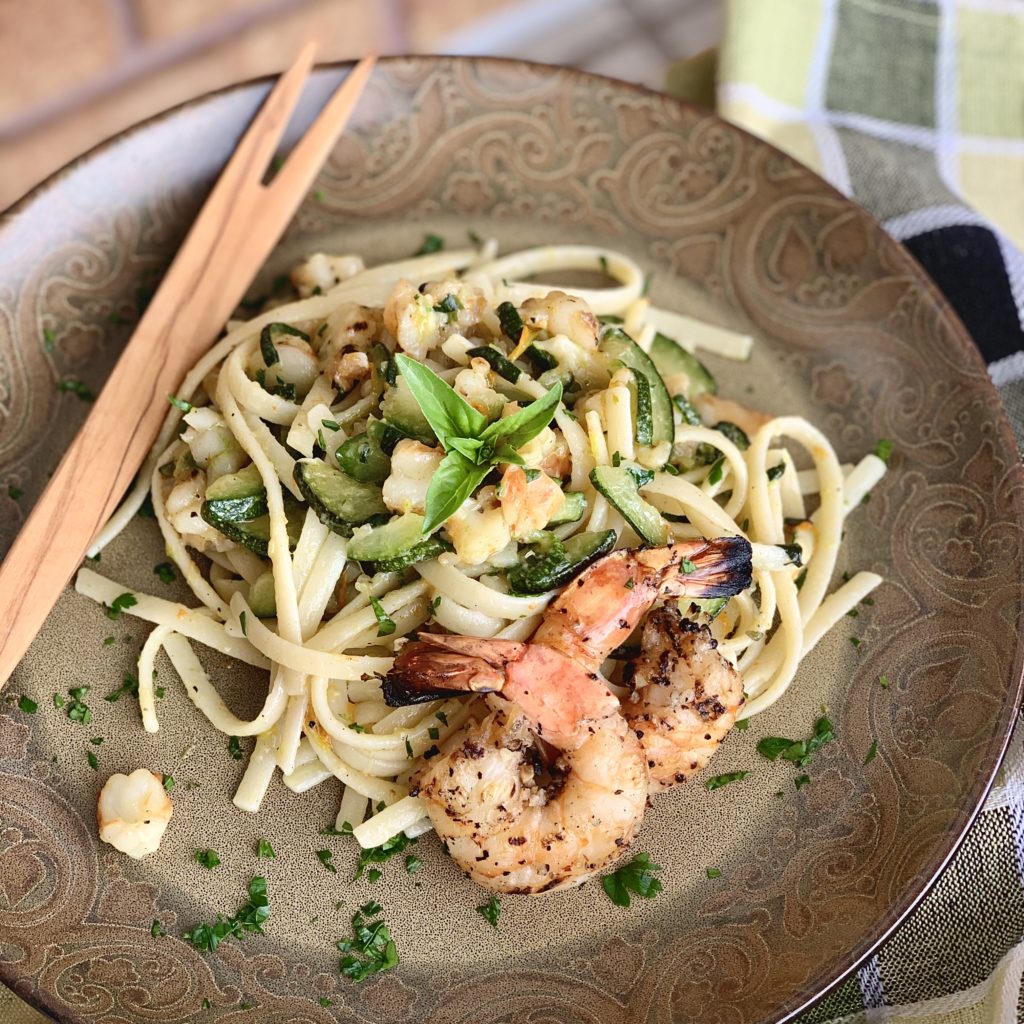
Bread
Bread is at the centre of every cultural civilization, considered sacred and symbolic. Bread is even strongly referenced in literary culture (Alessandro Manzoni cited bread in “I Promessi Sposi” and Dante speaks of bread in “La Divina Commedia”).
Initially most breads looked similar to one another until the Egyptians introduced fermentation and levitation. By the middle ages, bread gained importance as a staple and we began to see more refined breads. A boom in bread culture after World War II cemented its place in culinary history making it part of the base of the Mediterranean Diet that was declared a representation of the “Cultural Heritage of Humanity” by UNESCO in 2013.
The following are some of the significant principals I was taught on bread and breadmaking:
- At a bare minimum, bread consists of 3 ingredients: flour, water, and yeast. Typically, the shorter the ingredient list the more traditional the bread
- Bread needs to relax and proof. Proofing occurs in two stages, the bulk proofing (which is extremely important) of the formed dough, followed by the final proofing once the bread has been shaped
- There are two types of yeast utilized in Italian breadmaking: Pasta Madre (sourdough) and Brewer’s Yeast.
- Italian sourdough differs from North American sourdough in that it is less acidic and not as tangy. Pasta Madre is also utilized in pastry making (panettone for example)
- There are two approaches to breadmaking as well, direct mixing (a faster approach where all the ingredients are mixed at once) and indirect mixing (a slower approach where dough is pre-fermented). Indirect mixing creates more complex flavour profiles and produces breads with a longer shelf life
- When it comes to flour, it is not as exclusive as it is in pasta making, several varieties can be utilized. You will commonly find soft wheat breads in Northern Italy, durum wheat breads in Southern Italy, rye breads in alpine regions and spelt breads in Central Italy
- Regional distinctions are more present with the addition (or in some instances the omittance) of optional ingredients; for example butter or lard is used traditionally in the North, Sicily is the only area where you will find the use of sesame seeds (because of Arab influence) and it is not uncommon to find unsalted bread in Tuscany, to balance out the eating experience of bread with salty salumi
- Size and structure also vary by region. Due to greater humidity, breads from the North of Italy are generally crispier or crunchier (i.e. grissini and ciabatta) while you will find softer breads in the South of Italy that will withstand dry heat better
- There are several PDO and PGI designated breads across the peninsula such as Pane Toscano and Pane di Altamura
- While bread is primarily consumed in its unadulterated form, paired with other products or an accompaniment to a meal, it is also seen as an ingredient in soups, salads, and pastas. Bread is never wasted
Chef Ricci made mention of focaccia being one of his favourite breads during this class so I used the flour to make the dough for a Barese style focaccia.
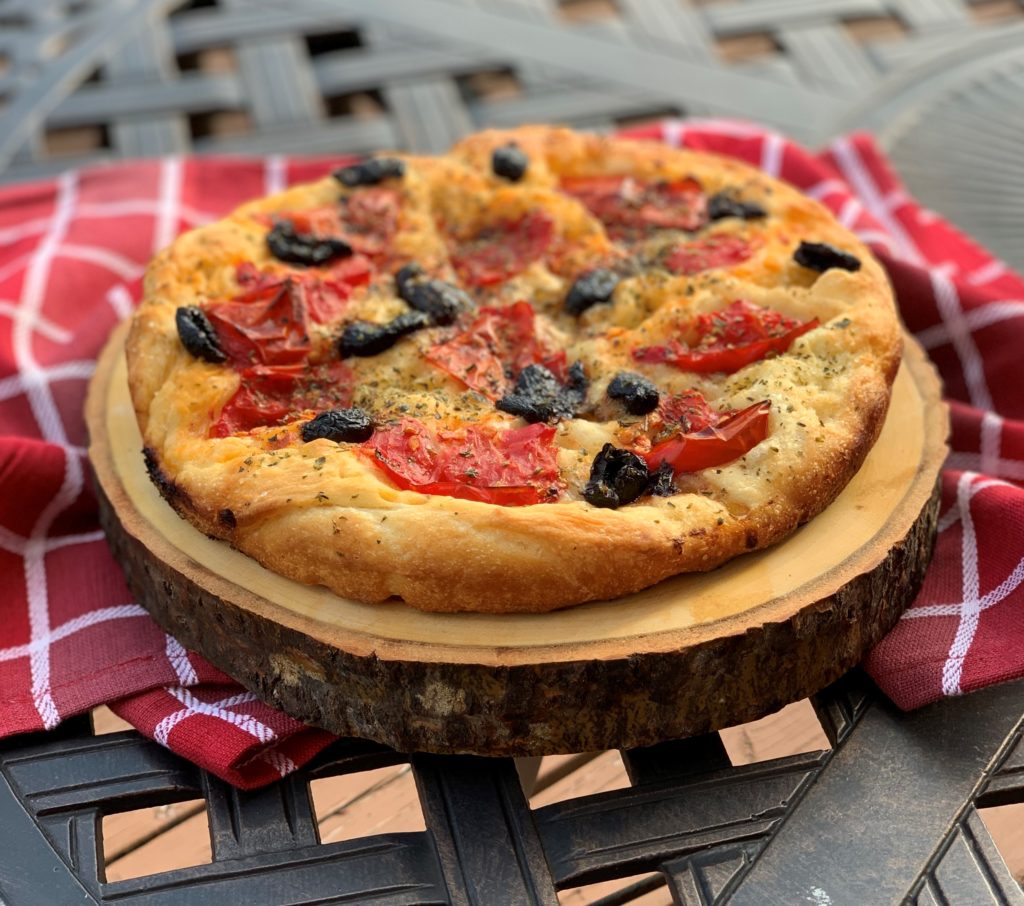
Gelato
Did you know that on average, Italians consume 6kg of gelato per capita annually? There is no denying that this frosty treat is highly revered in Italy and beyond. It has been cited in literature (Charles Dickens wrote about Italians always eating ice-cream) and played a role on the silver screen (think Audrey Hepburn in “Roman Holiday” or Julia Roberts in “Eat, Pray, Love”). It is a refreshing, engaging indulgence that embeds itself in our memories.
While there has been reference to refreshing drinks for centuries, milk based ice-creams became common place in the 1800s and the industrialization of gelato began in the 1940s making it a permanent dessert fixture in Italy and the world over.
Here is some of the scoop on authentic Italian gelato:
- When it comes to frozen confections in Italy there are several varieties: milk based (gelato) and water based (sorbetto) and they are consumed in different ways. Sorbetto is often used in meals as a cleanser while gelato is more of dessert or snack and can sometimes be incorporated into a meal (savoury gelato as a component of a meal)
- In addition to gelato, there are several frozen desserts and they include: sorbetto, semi-freddo, granita, gremolada, and grattachecca
- The gelato making process involves blending and homogenization followed by pasteurization and blast cooling, then churning and hardening
- There is a difference between artisanal and industrial gelato production. Artisan gelato is typically produced daily, onsite using seasonal ingredients. Its coloring is natural (not too bright) and its smell and taste are distinguishable. When you walk into a gelateria you will know if it is artisan by its appearance, it is as flat as possible with nothing protruding
- Regionality plays a role in terms of gelato flavors, for example walnuts and hazelnuts are traditionally more Northern Italian flavors whereas almond and pistachio are more southern
- There are certified ingredients that go into gelato making but there is no certified gelato specifically
- Freshness, quality of ingredients and process are what make a superior gelato
- This treat is even celebrated with its own holiday, Gelato Day on March 24th
Chef Ricci was asked if traditional Italian gelato can be made at home during this class. His response was yes, by following a recipe to the letter, it could easily be done. This prompted me to make use of my ice-cream maker and use the Nocciole del Piemonte IGP to make a crema flavor accented with dark chocolate and hazelnuts.

I am a firm believer that in life you can never stop learning and when it comes to Italian food, I love being schooled. Buon Appetito!

